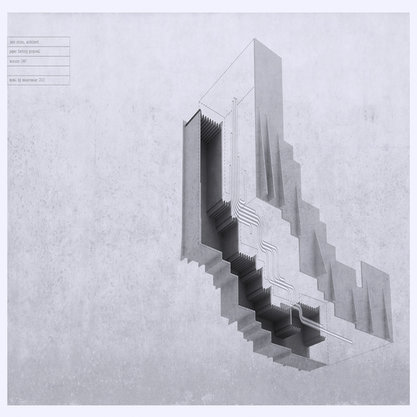Article
The Egyptian School of Fine Arts By Davies, Clare
Article
The Egyptian School of Fine Arts [Madrassat al-Funun al-Jamila al-Misriyya] opened its doors on 13 May 1908, a date cited by many art historians as marking the starting point of modern art in Egypt. The ESFA aimed to cultivate “Egyptian artists” while modeling its curriculum on that of the French academy system, with rigorous training in drawing at its core. At the same time, the school claimed to produce graduates capable of turning their skills to professional advantage. A privately funded institution, it was highly influential in molding so-called first- and second-generation artists. The model of arts education adopted by the school and its relevance to the goal of realizing an Egyptian artistic renaissance were themes addressed in early debates following the schoool’s establishment. An inaugural exhibition of student work took place between 13–20 January 1910 at the Royal Automobile Club in downtown Cairo. Many early graduates would go on to constitute Egypt’s celebrated Pioneer Generation [Jil al-Ruwwad] in the arts. The re-invention of the school as a state-run institution in the late 1920s played an important role in contemporary struggles between competing factions for control of the arts.

